When comparing old school and new school pool cues, several factors come into play, including materials, design, technology, and player experience. Here’s a look at the key differences:
Materials and Construction
Old School Cues
- Wood Types: Traditional cues were often made from solid hardwoods like maple or rosewood, which provided a unique feel and hit. Many old cues feature simple, robust designs without the advanced materials found in modern cues.
- Tip Construction: Old school cues frequently used single-layer leather tips, which required more maintenance but offered a distinct feel. These cues often had a heavier, more solid feel that some players prefer for its connection to the ball. [2][3]
New School Cues
- Advanced Materials: Modern cues utilize a variety of materials, including synthetic composites and advanced wood laminates, which can enhance durability and performance.
- Tip Technology: New cues typically come with layered leather tips that are designed for better performance and less maintenance, providing a more consistent hit and feel. [3]
Design and Aesthetics
Old School Cues
- Classic Designs: Old school cues often feature traditional aesthetics with simple lines and classic inlays. Their beauty lies in craftsmanship and history, appealing to players who value nostalgia and authenticity. [5]
New School Cues
- Innovative Designs: New cues may include elaborate designs and customizations that reflect modern tastes. They often have a variety of colors and styles, allowing for personal expression, but may sacrifice some traditional craftsmanship for aesthetics. [3][5]
Playability and Performance
Old School Cues
- Feel and Feedback: Many players report that old school cues provide a unique feedback and feel that can enhance the playing experience. The solid construction of older cues often results in a different type of ball response that some players find preferable. [1][2]
New School Cues
- Consistency and Precision: New school cues are designed with precision in mind, often featuring technology that enhances playability. They tend to be more consistent in performance, which can be beneficial for players looking to improve their game. [1][3]
Player Preference
Ultimately, the choice between old school and new school cues often comes down to personal preference. Some players appreciate the nostalgia and feel of old school cues, while others prefer the technological advancements and customization options available in new school cues. The best approach is to try different cues and see which one feels right for your style of play. [2][3]
Citations
- https://forums.azbilliards.com/threads/playability-of-1960s-cues-vs-today.395606/
- https://www.reddit.com/r/billiards/comments/skvjy5/can_you_tell_feel_the_difference_between_a_pro/
- https://www.pooldawg.com/article/pooldawg-library/beginner-guide-to-pool-cues
- https://www.youtube.com/watch?v=xgCSOzJUKm4
- https://www.pooldawg.com/pool-cues/cues-by-style/traditional-pool-cues
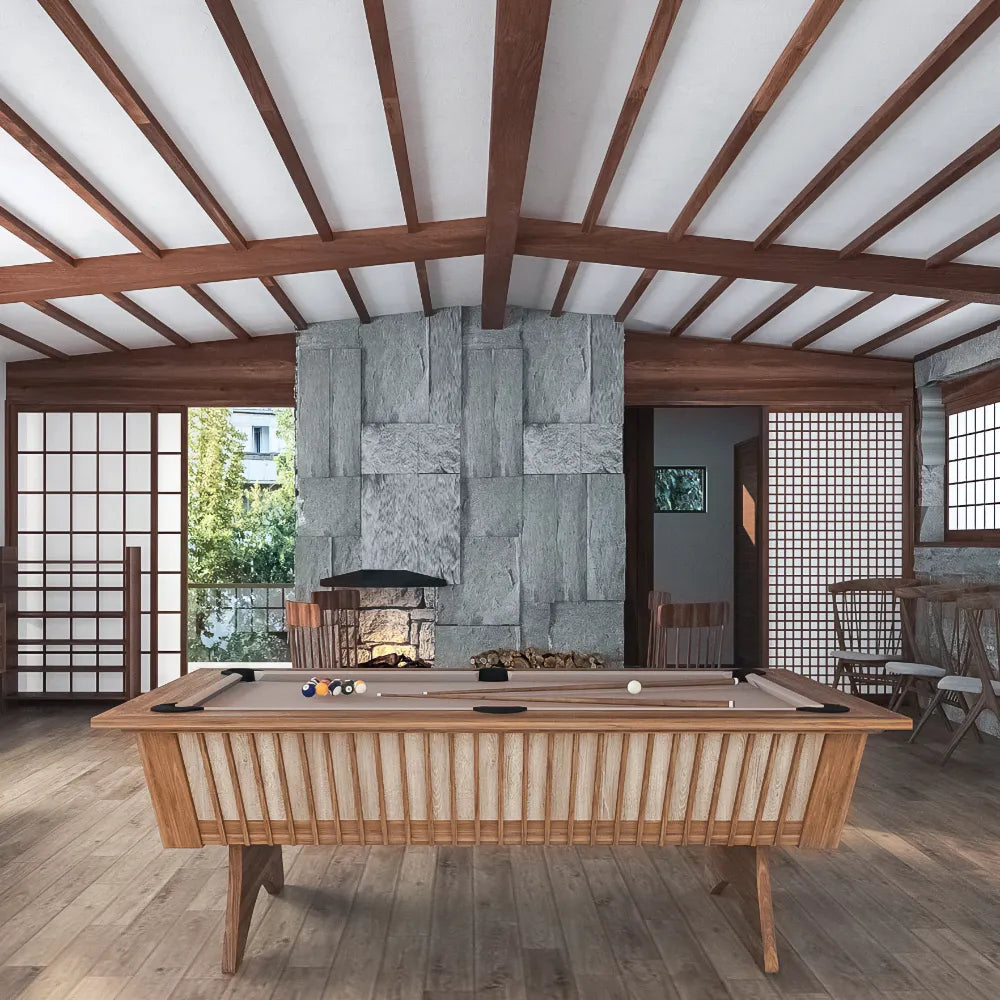
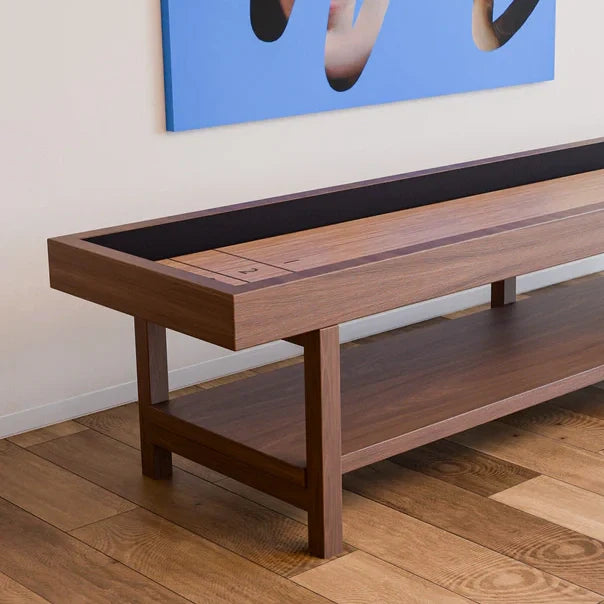
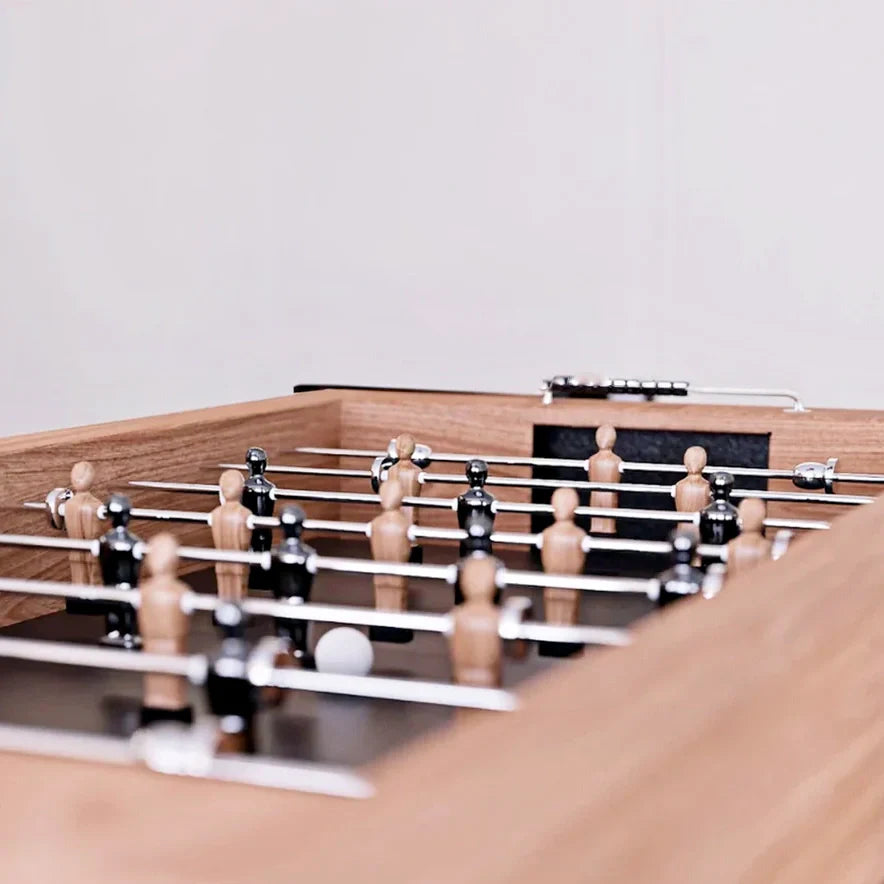
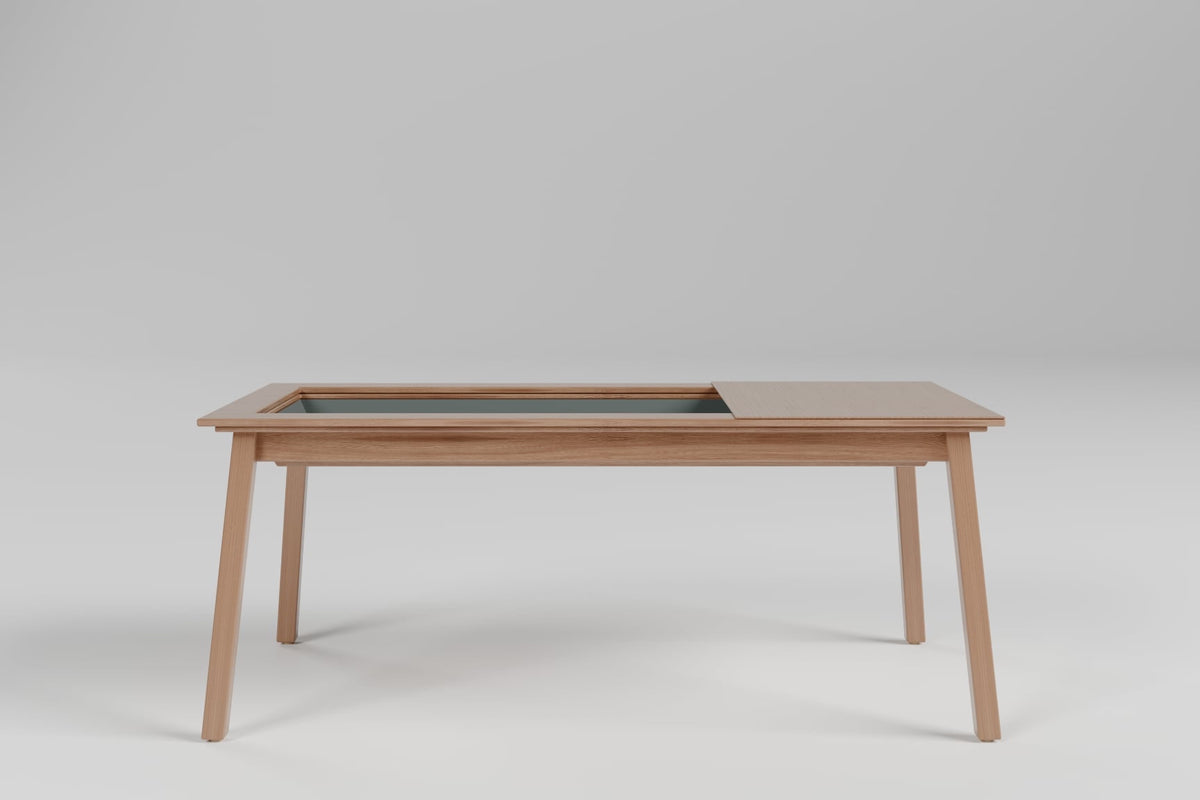
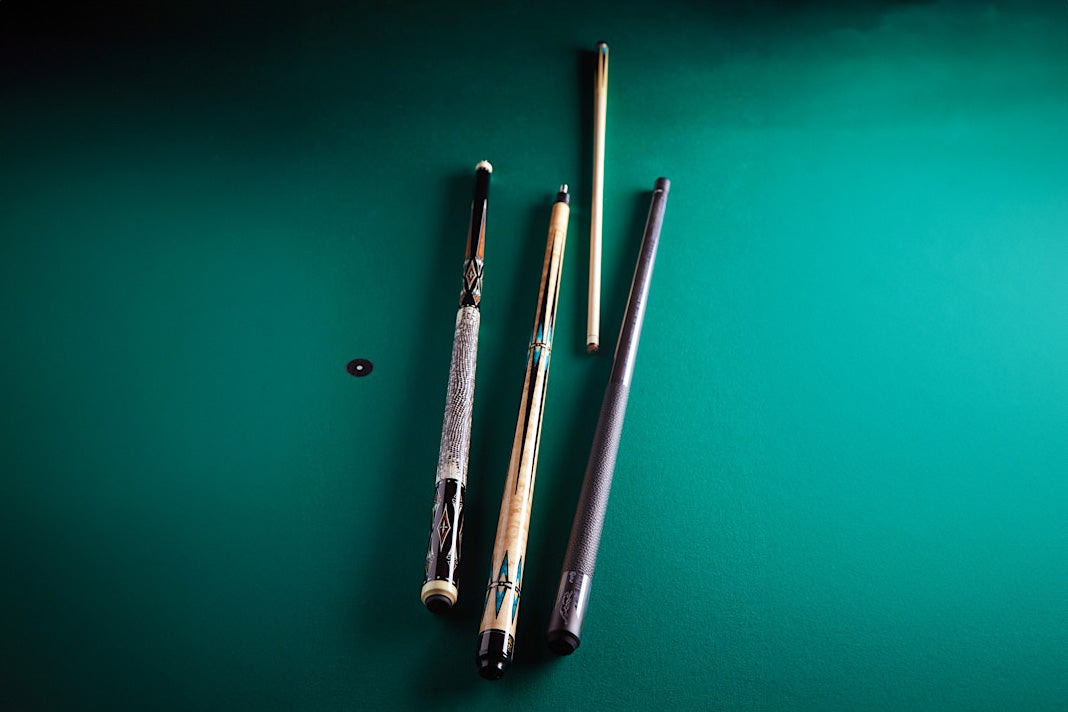
0 comments